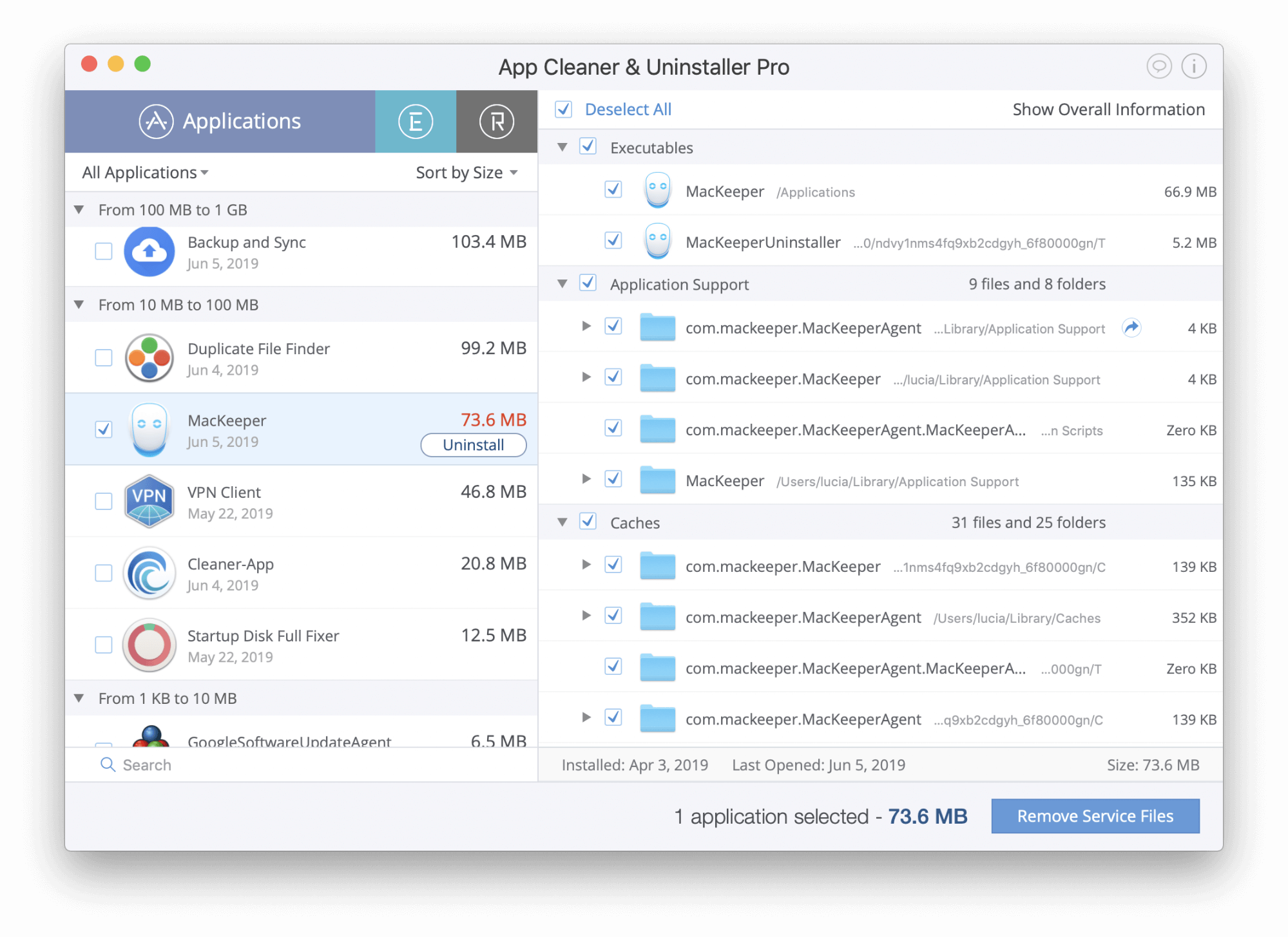

- MACKEEPER UNINSTALL SOFTWARE
- MACKEEPER UNINSTALL PASSWORD
- MACKEEPER UNINSTALL MAC
Select the ‘Show Develop menu in menu bar’ checkbox. Navigate to Safari’s ‘Safari > Preferences… > Advanced’ tab. If you do want to delete your cache, then you’ll need to uncover Safari’s hidden ‘Develop’ menu: You may also want to consider deleting your cache, although this will remove all your cached content, and not just content associated with MacKeeper. Select any results that appear, and then click the ‘Remove’ button. Give the ‘Manage Website Data…’ button a click. Select ‘Preferences…’ from the Safari menu bar. Next, remove any cookies associated with MacKeeper: If you see positive results, for example you’re no longer getting bombarded by ads, then you can go ahead and uninstall the extension. You can then check what impact removing this extension will have on your Safari experience. If you spot an extension that you aren’t entirely sure about, then you should temporarily disable it by deselecting its accompanying checkbox. If you spot an extension that you definitely didn’t install, then select that extension from the left-hand menu and then click the ‘Uninstall’ button. Select ‘Safari > Preferences…’ from the Safari menu bar. If you suspect this might be the case, then you should review exactly what Safari extensions are currently installed: If you’ve been spammed by popups and adverts ever since installing MacKeeper, or your Safari homepage has mysteriously changed, then MacKeeper might have been a front for getting malicious extensions onto your Mac. Removing MacKeeper from SafariĪlthough MacKeeper shouldn’t include any Safari extensions, if you downloaded MacKeeper from a questionable third party website then it might have come with a few added extras, including Safari extensions. MACKEEPER UNINSTALL SOFTWARE
You should also load up your favourite search engine and do some research, to find out exactly what this mystery software is, and whether it might be part of a malware attack. If you spot any that you don’t recognise, then deselect their accompanying checkbox. This displays all the applications that launch automatically when you sign into your account.
MACKEEPER UNINSTALL PASSWORD
Select the little padlock in the bottom-left and enter your admin password when prompted. To review exactly what items are set to launch as soon as you log into your Mac: Click the little padlock icon and enter your admin password.Įven though you’ve deleted MacKeeper, it’s possible that related apps might still be set to launch automatically, especially if the version of MacKeeper you downloaded was actually a Trojan horse or some other form of malware. Launch the ‘Keychain Access’ application. Open a Finder window and navigate to ‘Applications > Utilities.’. Since we want to get rid of every trace of MacKeeper, let’s delete this keychain entry: MACKEEPER UNINSTALL MAC
If you created an account with MacKeeper, then your Mac might have generated a keychain entry for this application. Repeat this process for the following locations: If you do find a file or folder, then drag it to the Trash.

Search the ‘Application Support’ folder for any item that has the ‘MacKeeper’ name.Enter ‘~/Library/Application Support’ and click ‘Go.’.

Select ‘Go > Go to Folder’ from the Finder menu bar.Find the MacKeeper icon and drag it to your Mac’s ‘Trash.’ĭepending on what version of MacKeeper you installed, and whether you actually used any of its features, this might not be enough to delete all of the MacKeeper components.Īfter uninstalling the main application, there’s a few locations that you should check for orphaned MacKeeper components:.You can now uninstall MacKeeper, just like any other application: Select ‘MacKeeper,’ and then click the ‘Force Quit’ button.

Select the ‘Apple’ logo from your Mac’s menu bar.If it refuses to close normally, then you can use force-quit: Next, close the MacKeeper program completely. Deselect ‘Show MacKeeper icon in menu bar.’.Select ‘Preferences’ from the MacKeeper menu.If the MacKeeper icon is visible in your Mac’s menu bar, then you need to remove it: If you’ve created any MacKeeper backups, then create copies of any backups that you want to hold onto.If you’ve encrypted any files using MacKeeper’s Data Encryptor, then make sure you decrypt all of these files.If you’ve previously used some of MacKeeper’s services, then you should take steps to ensure you don’t lose access to your data as a result of uninstalling MacKeeper:








 0 kommentar(er)
0 kommentar(er)
